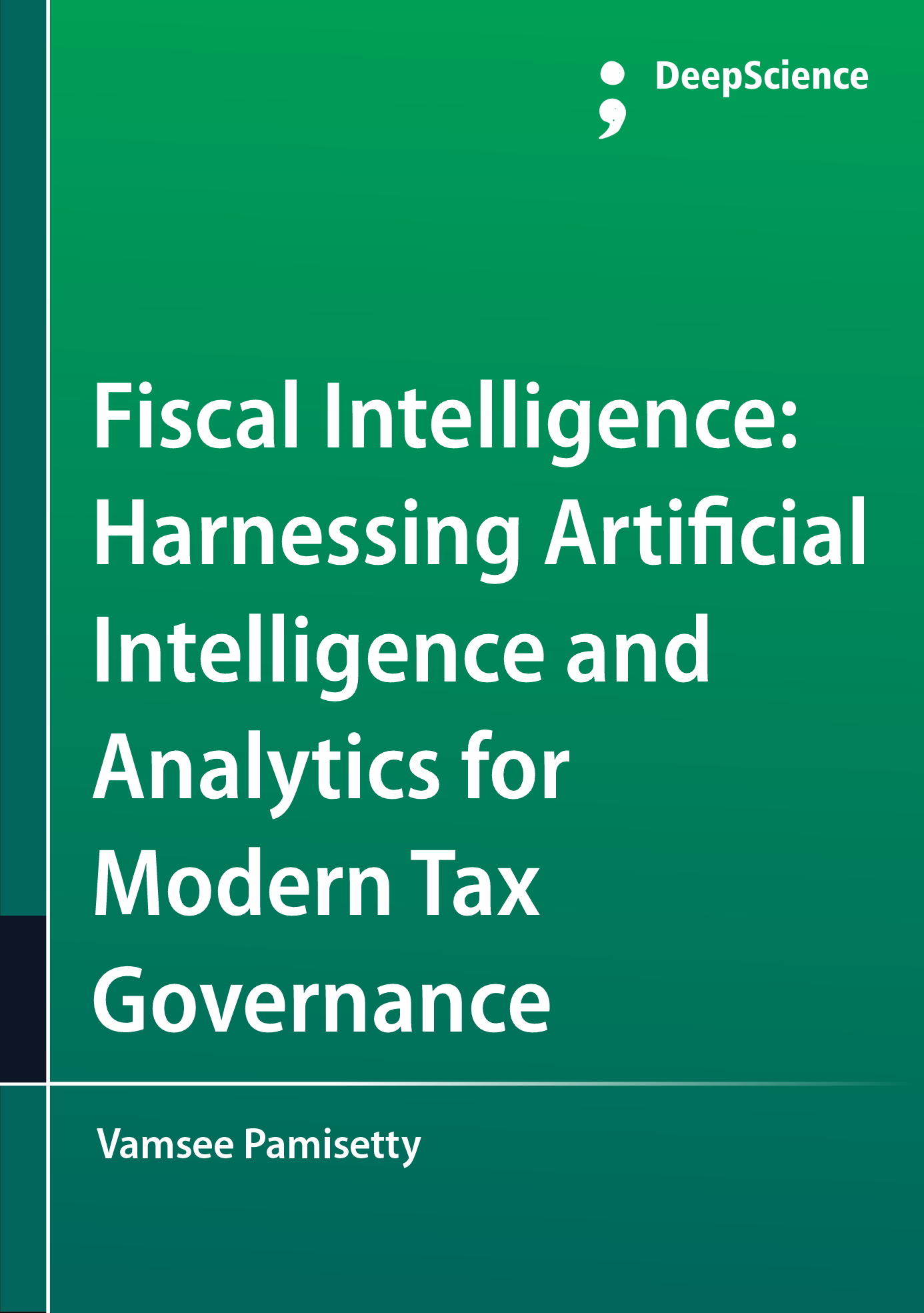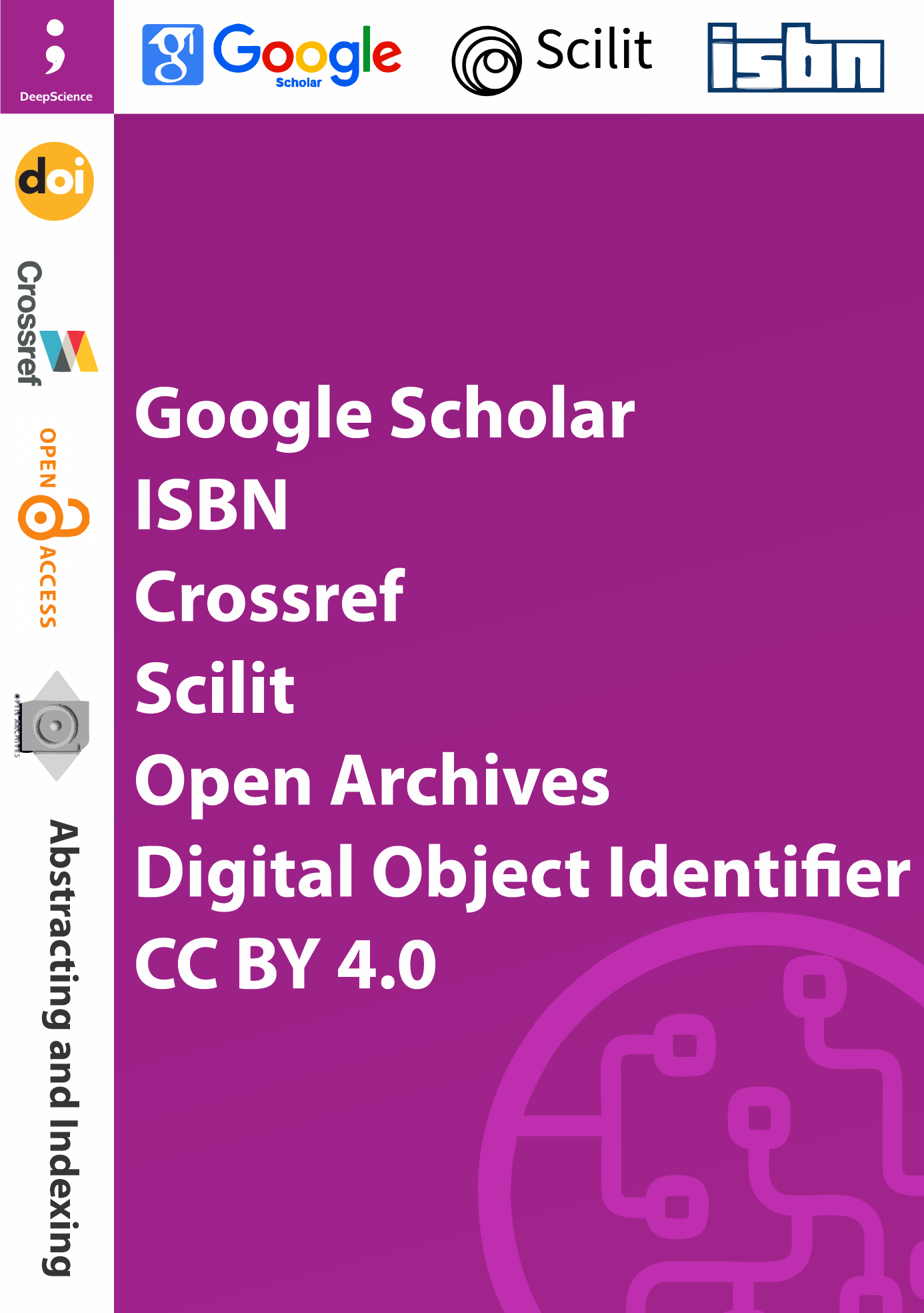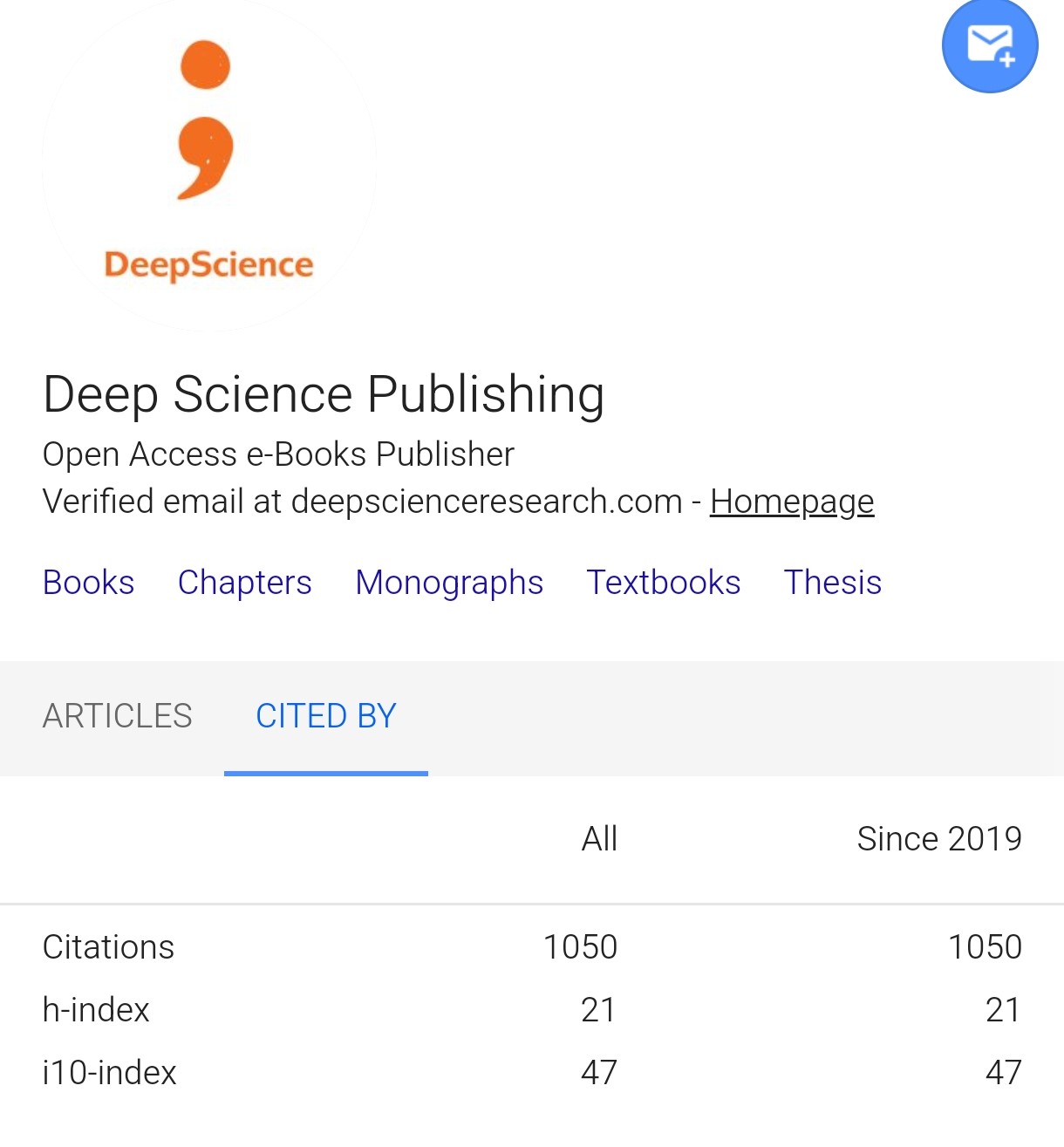Implementing artificial intelligence-powered automation to optimize compliance across the taxpayer lifecycle
Synopsis
It is no surprise that the government needs to squeeze every dollar from the taxpayers to fund its expenditure. By proactively collecting government dues that fall within the ambit of its authority, the government is merely fulfilling its responsibility to all the citizens. One of the reasons citizens pay taxes is to contribute to social responsibilities, and ideally expect the government to discharge its obligations through the provision of various public goods and services. However, there are occasions when taxpayers do not fulfill their obligations even when they have the financial capability. Moreover, as businesses and the economy grow, they become increasingly complicated, making it more difficult for tax authorities to trace down elusive entities. If left unattended or managed inadequately, tax noncompliance may lead to erosion of the very citizen-society-government relation that taxes are supposed to build. Hence, tax accountability is necessary to ensure compliance with tax laws and, if necessary, institute punitive relief.
Tax administration may use a combination of legal and non-legal tools to obtain deterrence and punitive relief against non-compliant taxpayers. While tax policy measures focused on rights and how burdens are shifted may not necessarily be sufficient to enhance accountability, they could be used to complement other regulatory reforms more directly aimed at shifting accountability drivers and facilitating compliance. Assurance that the taxpayer is acting by its declared intentions has always been at the heart of the governance process and government accountability in a fiscal or tax administration context. Taxpayer noncompliance erodes the trust that is essential for the successful conduct of many government programs. While one may think accountabilities are primarily the domain of the state, the discussion above highlights taxpayers also have an accountability dimension that needs to be embraced and integrated into the overall fiscal responsibility framework. Hence, the importance of understanding and managing taxpayer accountability cannot be understated.













